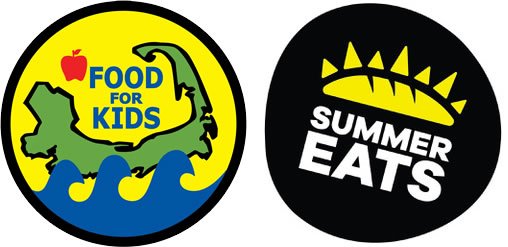Hunger and poverty are hidden, even denied on beautiful Cape Cod, but childhood hunger is real here, every day.
According to Feeding America, food insecurity among children on Cape Cod increased 33% from 2019 to 2021, due primarily to COVID. And poverty is understated here because of the high cost of living: 25-30% of food insecure families do not qualify for federal assistance. Not only is the high cost of housing an issue, but also the high cost of food. The average cost of a meal on Cape Cod is $4.51, compared to $3.69 on average for Massachusetts and $3.13 for the US overall.
FRAC (Food Research Action Center) confirms “Food security is one of the most important factors in determining the health of a child. It is more than just filling their bellies. Access to food supports healthy brain function, fuels children’s growing bodies and minds, and aids in emotional and social development.” These factors increase in the summer when schools are out and the support they provide is absent.
United Way defines the most vulnerable as the families of the working poor - the low- wage hourly workers who perform the important tasks that support our community and our economy. They are the cashiers, waiters, child- and elder-care providers, healthcare workers, construction workers, and others of our essential workforce.
For the 2022/23 school year, Brewster, Orleans, Eastham, Wellfleet, Truro and Provincetown have schools with 50% or more students qualifying for free/reduced-priced school meals. Harwich and Chatham elementary schools were on that list as recently as 2020, and remain just under that level today. [Massachusetts Department of Early and Secondary Education list for the 2022/2023 school year.]
Project Bread recognizes the food insecurity situation state-wide and is a staunch advocate for children and youth in Massachusetts.

